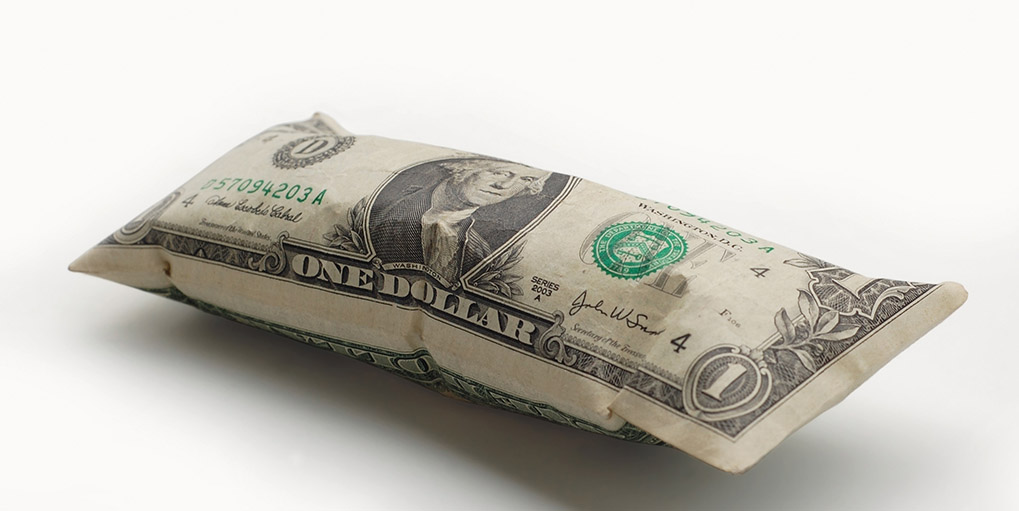When you think of inflation, what immediately comes to mind? Do you think about mortgage rates in the early 1980’s? Maybe the cost of a loaf of bread today or what a Coke cost when you were 10 years old? You probably cringe at the thought of how much you paid for that hot dog and beer at the ballgame the other day. Inflation is the general increase in price of a product, good or service. Sometimes it’s driven by increased demand or reduced supply, while it also can be a function of a higher cost to produce. We see the results everyday.
Anyone who has paid attention to California real estate over the years knows very well that prices have increased substantially over time. A house purchased in San Francisco in 1987 is worth on average nearly 6X more 30 years later. In 1987, tickets to Disneyland cost $21. It’s over $100 today. A can of Coke has doubled in cost from 30 years ago. A call at a phone booth cost a dime in 1987 while today it costs… wait a second, what’s a phone booth?
So clearly there have been inflationary pressures over the years. We certainly have seen it in the price of food, healthcare and education. But we’ve also seen some serious deflationary pressures as well. Intel Founder Gordon Moore observed that computing power would increase over time while cost would decrease at an exponential pace. Moore’s Law has proven a valuable force in pricing innovative products. A 50-inch television in 1987 cost over $1200. You can get a 50 inch HDTV today for under $300. Stating the obvious, the quality of the picture has improved quite a bit in 30 years while the price has dropped dramatically. We’ve certainly experienced deflationary pressures in our industry. The average trade commission for stocks was around $50 in 1987, though some “full service” brokers charged as much as $500! Electronic trades are under $10 today.
Price at the Pump
Gas prices have experienced both inflation and deflation over the years. A gallon of gas cost 79 cents in 1987. It’s $2.27 today. When the price of oil reached $150 in 2008, the national average was $4 per gallon and over $5 in California. Historically, gas prices and oil prices have been a barometer for economic growth. Stronger demand implies economic growth, which drives prices higher. That hasn’t been the case of late because oil and gas prices today are driven by the increasing supply in the US, which has outpaced demand. Importantly, demand continues to grow, particularly overseas. Some people have been concerned that falling Oil prices means a recession is coming. The deflationary pressure in gas prices is not a negative sign for economic growth, in fact the lower prices are an important stimulant, particularly for the American Consumer, which represents nearly 70% of the US economy.
The Fed has been concerned about deflation ever since the crisis, which is why they were so aggressive to increase the money supply with rounds of quantitative easing to help stoke inflation. The Fed has yet to achieve its goal of 2% inflation, as measured by the Consumer Price Index, on a consistent basis. Part of the issue is we have been importing deflation for years in the form of Chinese manufactured goods. The Amazon effect has driven consumer pricing down as well since commerce has become much more efficient. This is a trend that should continue. It’s great for consumers but can hurt jobs.
Pay attention to prices this summer and think about what they used to be. In some cases you’re paying a lot more for seemingly the same thing while in other cases you’re getting quite a bit more and paying much less. Of course I’m factoring in absolute Dollars and not considering currency inflation and deflation, which is another subject altogether. I know my grandfather, who passed away in 1992, wouldn’t believe people today pay $3 for a bottle of water…
Have a nice weekend. We’ll be back, dark and early on Monday.
Mike







